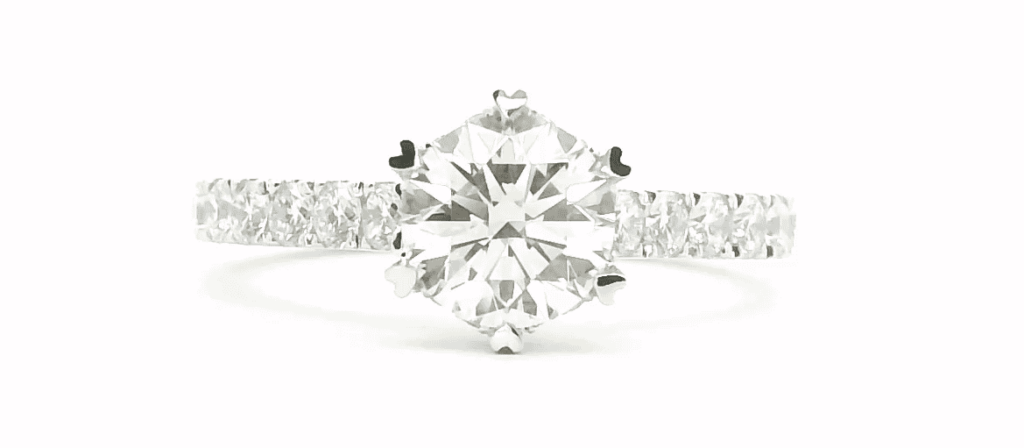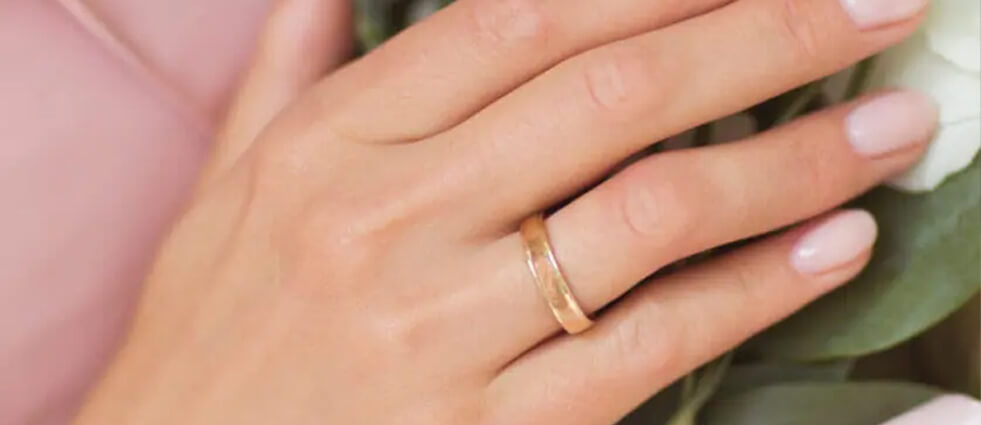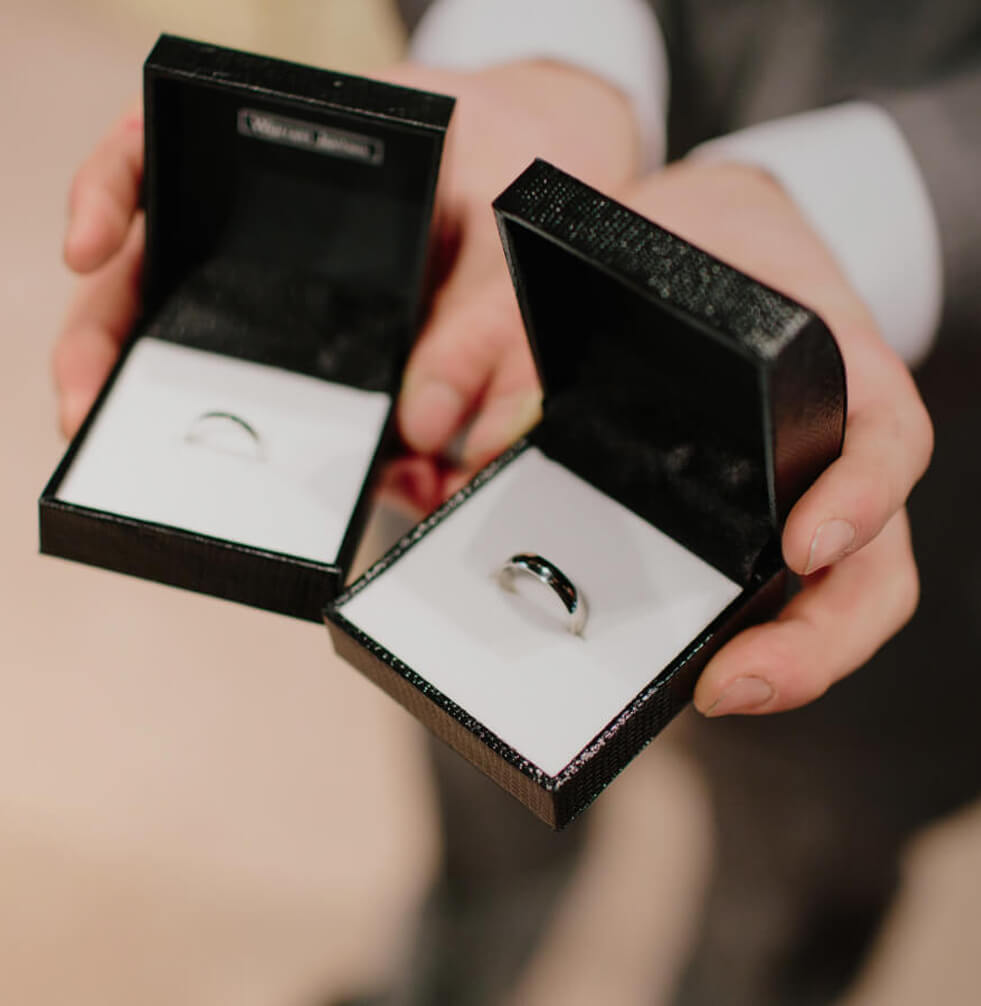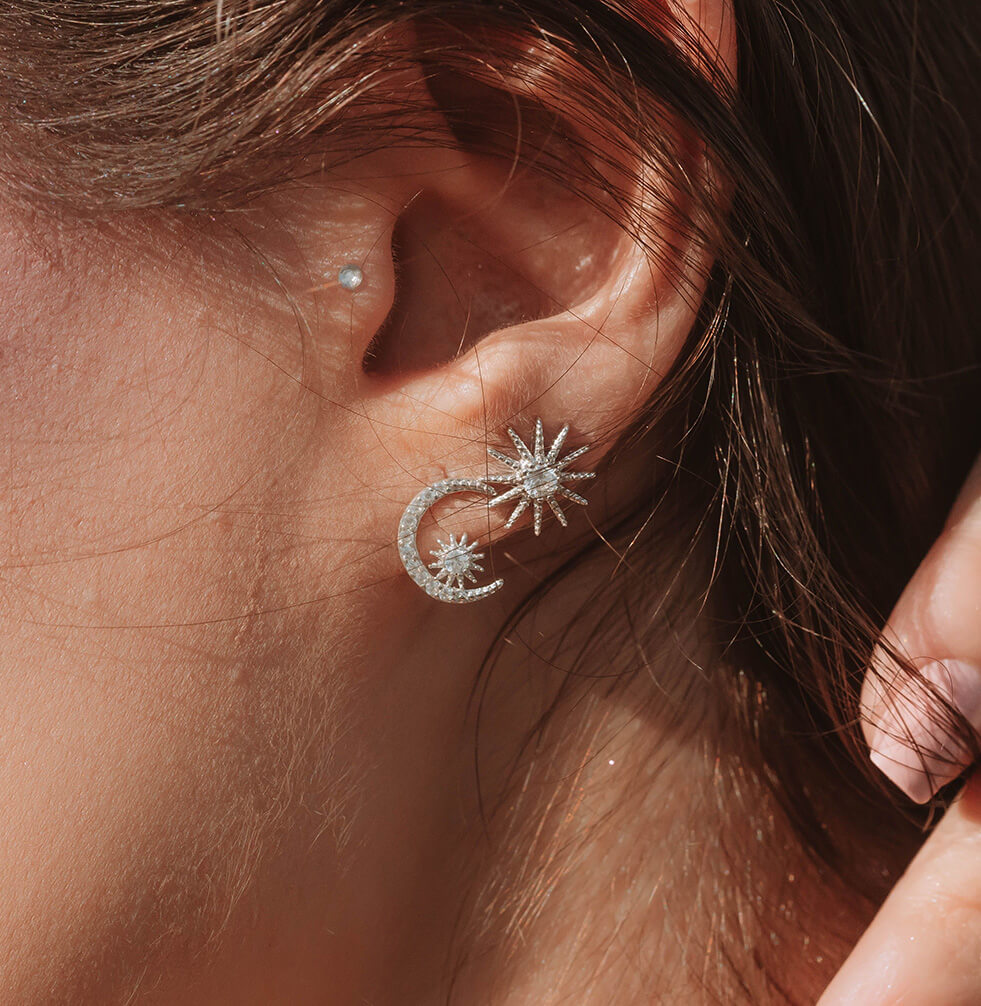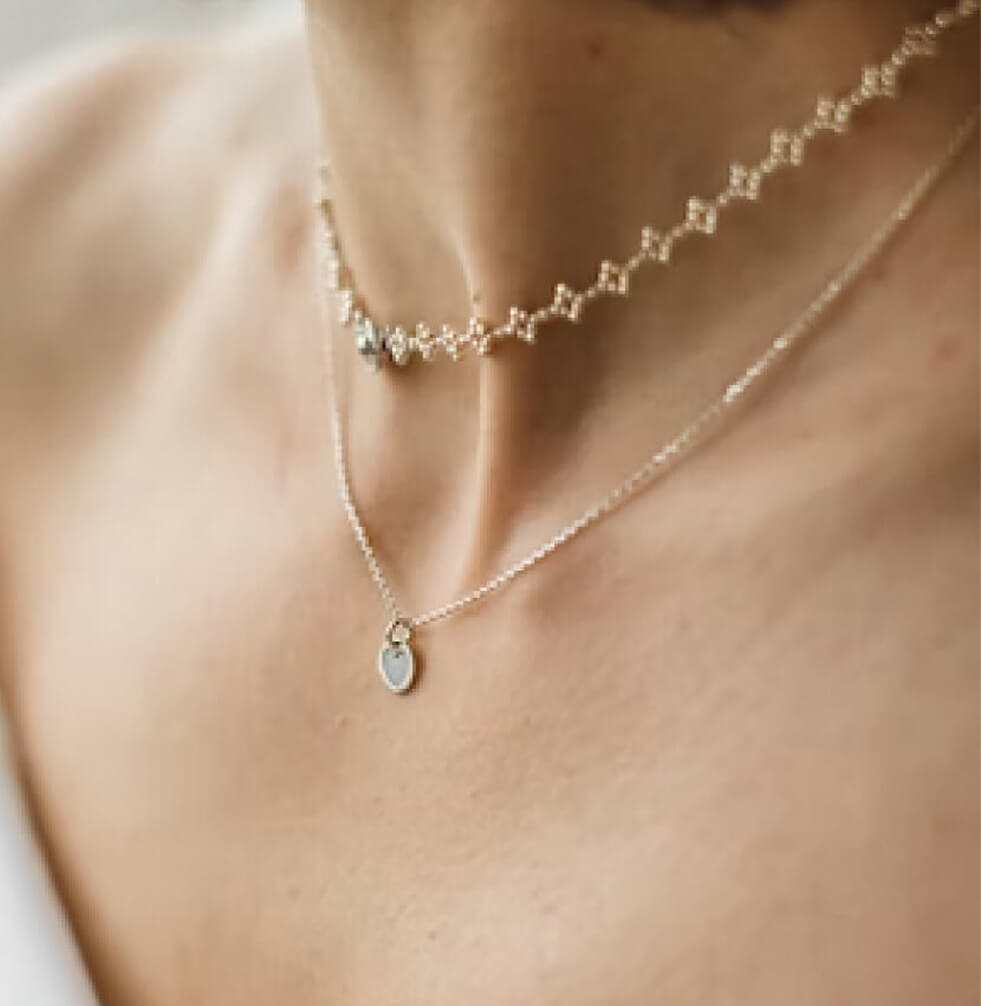Engagement Ring Guide: Choosing Between Platinum, 18k Gold, 14k Gold, and 10k Gold
Engagement rings symbolize love and commitment, making the choice of materials crucial.To understand how to customise your ring, click here. In this guide, we explore the nuances between Platinum, 18k gold, 14k gold, and 10k gold.
Section 1: Platinum
Characteristics and Properties
Platinum is a dense, naturally white metal known for its strength and hypoallergenic properties.
Relative Cost and Value
Platinum is generally more expensive than gold due to its rarity and durability, offering excellent long-term value. Have a look at this platinum ring here.
Metal Color and Skin Tone Considerations
Its natural white sheen enhances diamond brilliance and suits all skin tones beautifully.
Maintenance and Care Tips
Platinum develops a patina over time, which can be polished for a shinier finish. Routine professional cleaning is recommended.
Sustainability Considerations
Choose ethically sourced platinum to ensure minimal environmental impact.
Section 2: 18k Gold
Characteristics and Properties
18k gold is composed of 75% pure gold and 25% alloy. This balance provides a rich appearance while maintaining durability.
Relative Cost and Value
18k gold is more expensive than 14k and 10k gold due to its higher gold content, offering a luxurious feel.
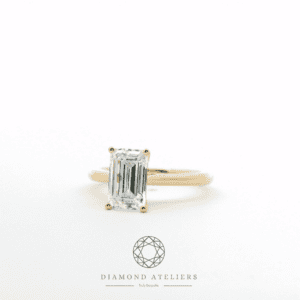
Metal Color and Skin Tone Considerations
Available in yellow, white, and rose hues, 18k gold complements warm or cool skin tones depending on the alloy blend.
Maintenance and Care Tips
Regular cleaning with mild soap and water keeps 18k gold pristine. Its softer nature requires gentle handling to avoid scratches.
Sustainability Considerations
Opt for recycled or fair-trade gold to support environmentally friendly practices.
Section 3: 14k Gold
Characteristics and Properties
Comprising 58.3% gold, 14k gold balances durability with a classic gold look, making it popular for daily wear.
Relative Cost and Value
Less expensive than 18k gold, it remains a high-quality choice for those seeking value.
Metal Color and Skin Tone Considerations
Available in various hues, 14k gold can match any skin tone, offering versatility in style.
Maintenance and Care Tips
Maintain its luster with occasional cleaning. Its alloy mix provides good scratch resistance.
Sustainability Considerations
Look for certified sources that focus on sustainable production methods.
Section 4: 10k Gold
Characteristics and Properties
Containing 41.7% gold, 10k gold is the most durable and affordable option, though it may appear less vibrant.
Relative Cost and Value
The least expensive of the four, 10k gold suits budget-conscious buyers without sacrificing durability.
Metal Color and Skin Tone Considerations
Usually available in yellow and white, its color is slightly muted and may not be suitable for those desiring a rich gold appearance.
Maintenance and Care Tips
Clean regularly to prevent buildup, and protect from harsh chemicals to maintain its integrity.
Sustainability Considerations
Seek out recycled options to minimize environmental impact.
Comparison and Conclusion
Each metal presents unique advantages:
- Platinum provides superior durability and a timeless white color.
- 18k Gold offers luxury with a variety of colors suitable for different skin tones.
- 14k Gold balances cost with quality, offering versatile style options.
- 10k Gold is budget-friendly and durable, ideal for everyday wear.
How is Gold Purity Measured: Karat vs. Carat
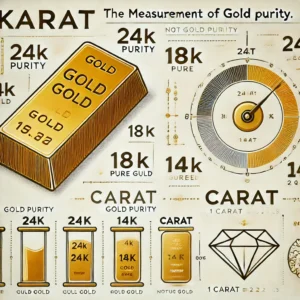
Gold purity is measured in “karats,” a term often confused with the weight measurement “carats” used for gems. While carats (abbreviated “ct”) refer to weight and are equivalent to 1/5 of a gram, karats denote the fineness of gold. A 24 Karat (24K) gold piece is considered 100% pure. The karat number indicates how many parts of gold are present out of 24. For instance, 18K gold is 75% pure gold, with 18 out of 24 parts being gold, and similarly, 14K gold is 58.3% gold. The remainder of a gold alloy is composed of other metals like copper, nickel, or silver, creating varied alloys each with unique properties such as color, malleability, and durability. These additional metals generally make the alloy more affordable, harder, and lighter. While pure gold has a distinct yellow hue, these alloys can yield white, rose, or other gold colors, depending on the metal blend.
Personal Style and Lifestyle Factors: Consider daily activities and desired appearance when choosing your metal.
Final Advice: Reflect on your lifestyle, budget, and personal preferences. Whether you lean towards the richness of 18k gold or the resilience of platinum, investing in quality ensures lasting beauty.
Call to Action: Explore our collection at Diamond Ateliers and consult our experts to find the perfect ring that echoes your love story. Feel free to reach out with questions or for personalized advice!


